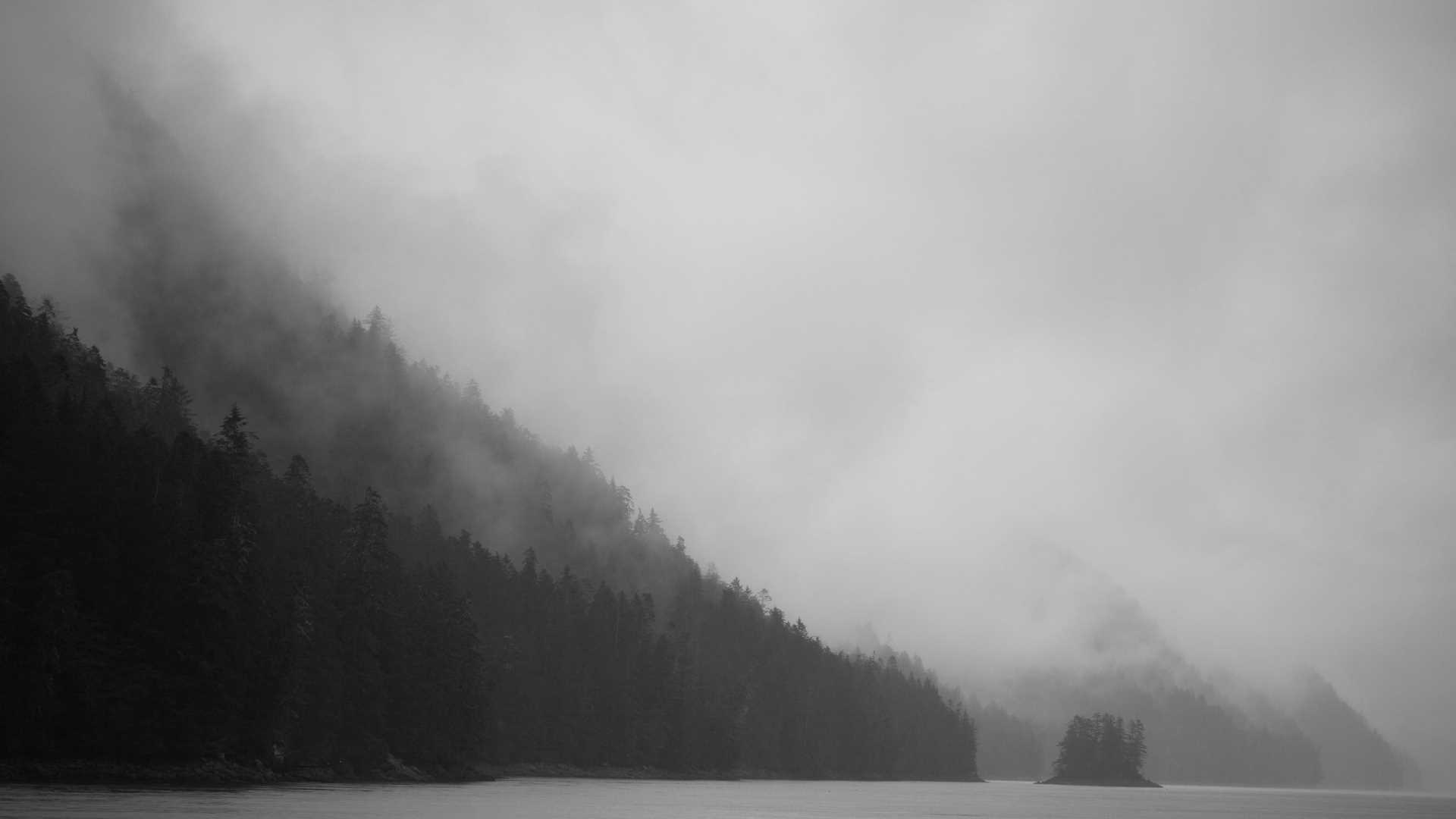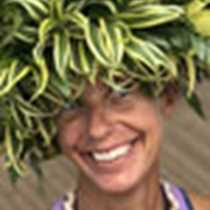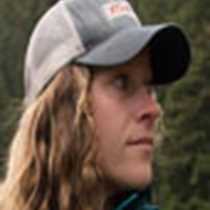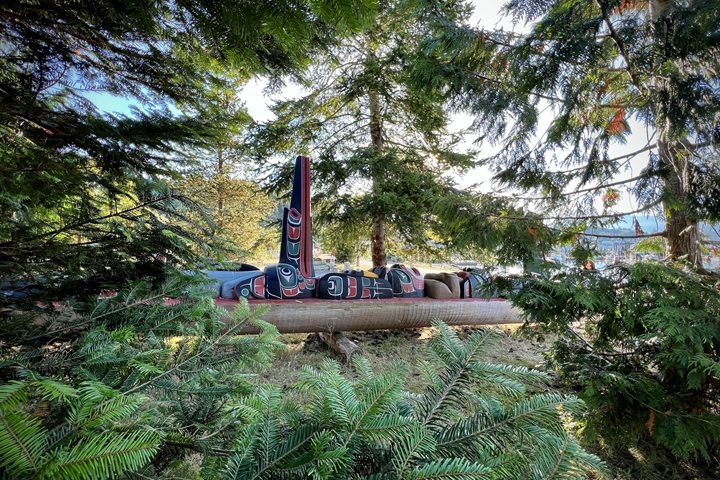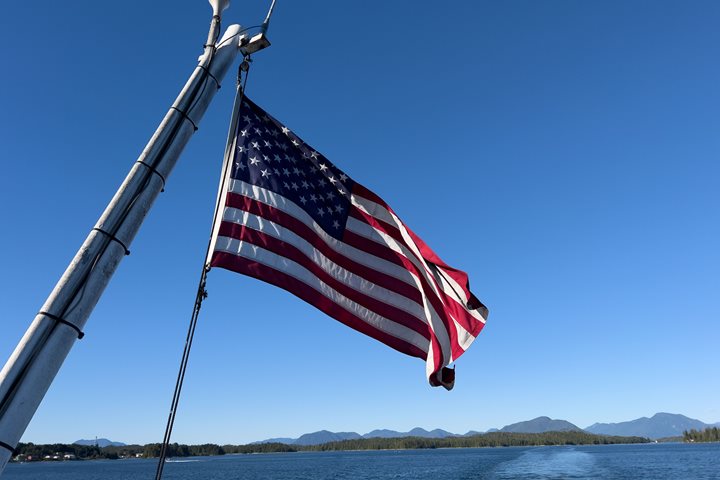This morning the National Geographic Sea Lion weighed anchor in Khutze Inlet and continued on its north bound journey through the narrow channels of the central British Columbia coast. We took another spin by the old cannery of Butedale (1911-1966) in hopes that the elusive white bear might reveal itself but the rare bear was nowhere to be seen. Princess Royal Island is British Columbia’s fourth largest island (next to Vancouver Island, Graham and Moresby) and was named by Captain Charles Duncan after his sailing sloop the Royal Princess in 1788 while trading for sea otter skins between Haida Gwai, and Princess Royal Island. In the absolute absence of infrastructure, it is hard to imagine what this coastline was once like. Between the sea otter trade, canneries and their respective fishing fleets, the pulp/shingle mill at Swanson Bay and steamships frequenting this coast it was once quite a bustling area relative to today. After going around Gribbell Island we then headed up the long and narrow Grenville Channel where an ancient fault line beneath helped form the landscape surrounding us. Possibly the most dramatic part of the Inside Passage the channel narrowed to about a quarter mile width with the emerald forest seemingly within reach. Both Grenville Channel and adjacent Pitt Island were place names left by Vancouver on his 1793 surveying expedition. William Pitt became the prime minister of England at age 24 and while head of government saw England through one of its most tumultuous periods. Enjoying the calm waters of protected passages, we now approach the wide but shallow Hecate Strait and Haida Gwai!
- Daily Expedition Reports
- 04 May 2017
Inside Passage of British Columbia, 5/4/2017, National Geographic Sea Lion
- Aboard the National Geographic Sea Lion
- Alaska
Elise Lockton, Naturalist
Elise’s passion for travel and interpretation is evident when you learn about the places she has chosen to live, work and travel. A degree in environmental studies introduced her to the world of interpreting nature, which has evolved into both a pass...
Read MoreAlyssa Adler, Undersea Specialist
As a young marine biologist, Alyssa Adler has had the opportunity to work as a diver in many capacities. For several years, she was a dedicated AAUS scientific diver for University of North Carolina on an offshore reef ecology project, and has partic...
Read MoreShare Report
A Remarkable Journey to Alaska, British Columbia & Haida Gwaii
VIEW ITINERARYRelated Reports
9/18/2022
Read
National Geographic Sea Bird
Alert Bay, British Columbia
Calm waters and sunny tides welcomed National Geographic Sea Bird to Alert Bay. Eager to stretch our legs, we walked through the sleepy port town to the U’Mista Cultural Center for our interpretive tour of the impressive museum. Alert Bay is part of the traditional homelands of the Kwakwaka’wakw, which were once divided into seventeen different tribes throughout the region. During 1885-1951, potlatch was banned in Canada. Despite the outlaw, one was held in 1921, which resulted in a police raid and the aftermath of many participants facing fines or jail time. Additionally, over 600 regalia pieces were confiscated and distributed around the world. After the ban was lifted, the Kwakwaka’wakw people fought to bring their sacred items home, resulting in the U’Mista Cultural Center. Visiting the impressive collection and learning about this complex history was truly an eye-opening and unique privilege.
9/17/2022
Read
National Geographic Sea Bird
At Sea
Today was a glorious day aboard National Geographic Sea Bird . We are in the process of completing a 350-nautical-mile transit, and our day was spent on the ship. Last night, we left the town of Daajing Giids, formally known as Queen Charlotte City, on Graham Island in Hadai Gwaii. This concluded three days of insightful visits to the island, where we were guided by our cultural interpreter, Barbra Wilson. Our next destination is Alert Bay, British Columbia on Cormorant Island, just off the north coast of Vancouver Island. Throughout the day, our expedition staff members presented on a variety of topics to engage our guests. In the morning, we had a show-and-tell-type workshop, where members of our photo team showed the photographic equipment they use on these types of assignments. Photo instructor Brooke Juhala showed us a sneak peek of a film she is producing called “Inseparable,” which relates to the native culture of British Columbia and will be released later this fall. We also had a photo critique led by Shayne Sanders. Interested guests submitted photos, and the photo team critiqued them. So far, our transit has been very pleasant with excellent weather and calm seas. We are following the Inside Passage, and therefore, we are sheltered from the mighty Pacific by a string of barrier islands. A large storm with hurricane force winds is currently in the Bering Sea, and it seems as if we will experience the tail end of that system as we cross Charlotte Sound later tonight and into tomorrow morning. It is always a pleasure to travel aboard National Geographic Sea Bird , and we look forward to another exciting day of learning and exploration in Alert Bay tomorrow.

